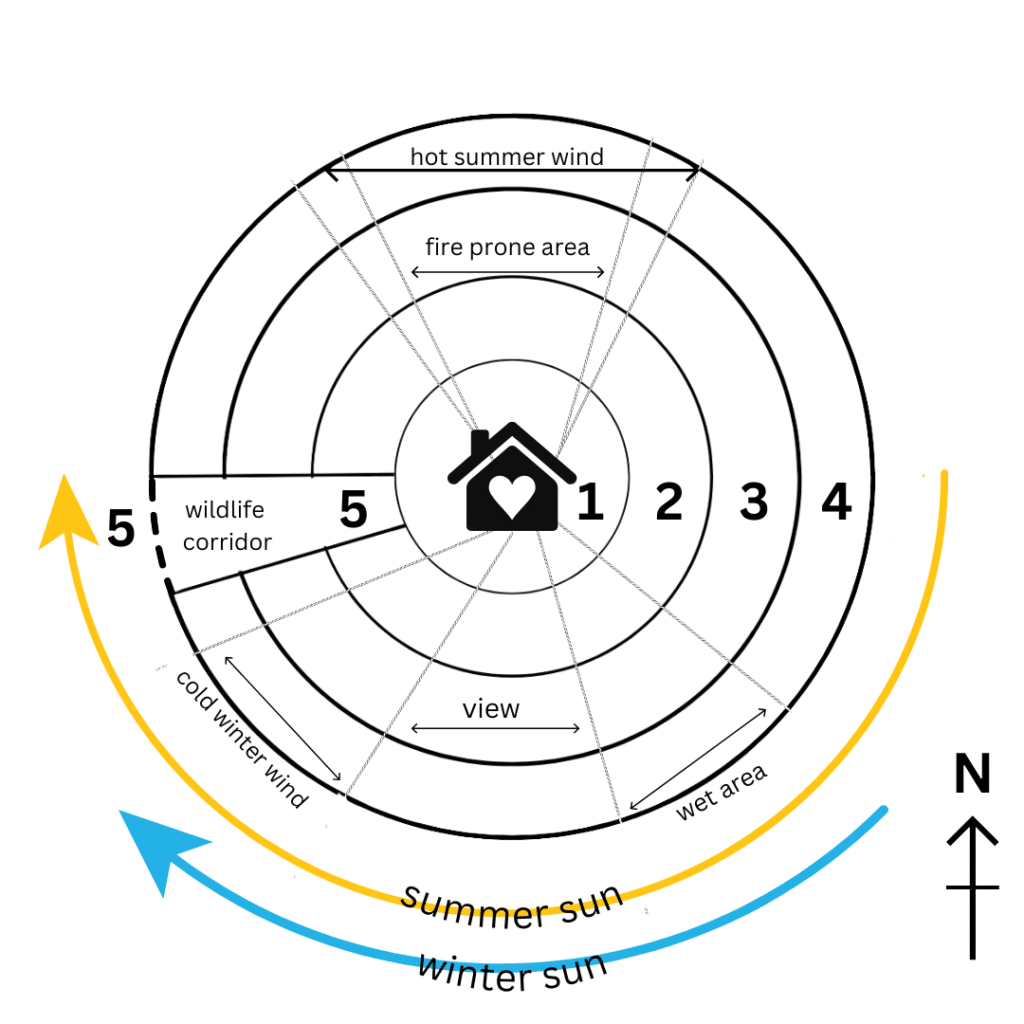The Four Zones of Social Permaculture
The Four Zones of Social Permaculture
Like this article?
Share on Facebook
Share on Twitter
Share on Linkdin
Share on Pinterest
Leave a comment
Like this article?
Share on Facebook
Share on Twitter
Share on Linkdin
Share on Pinterest
